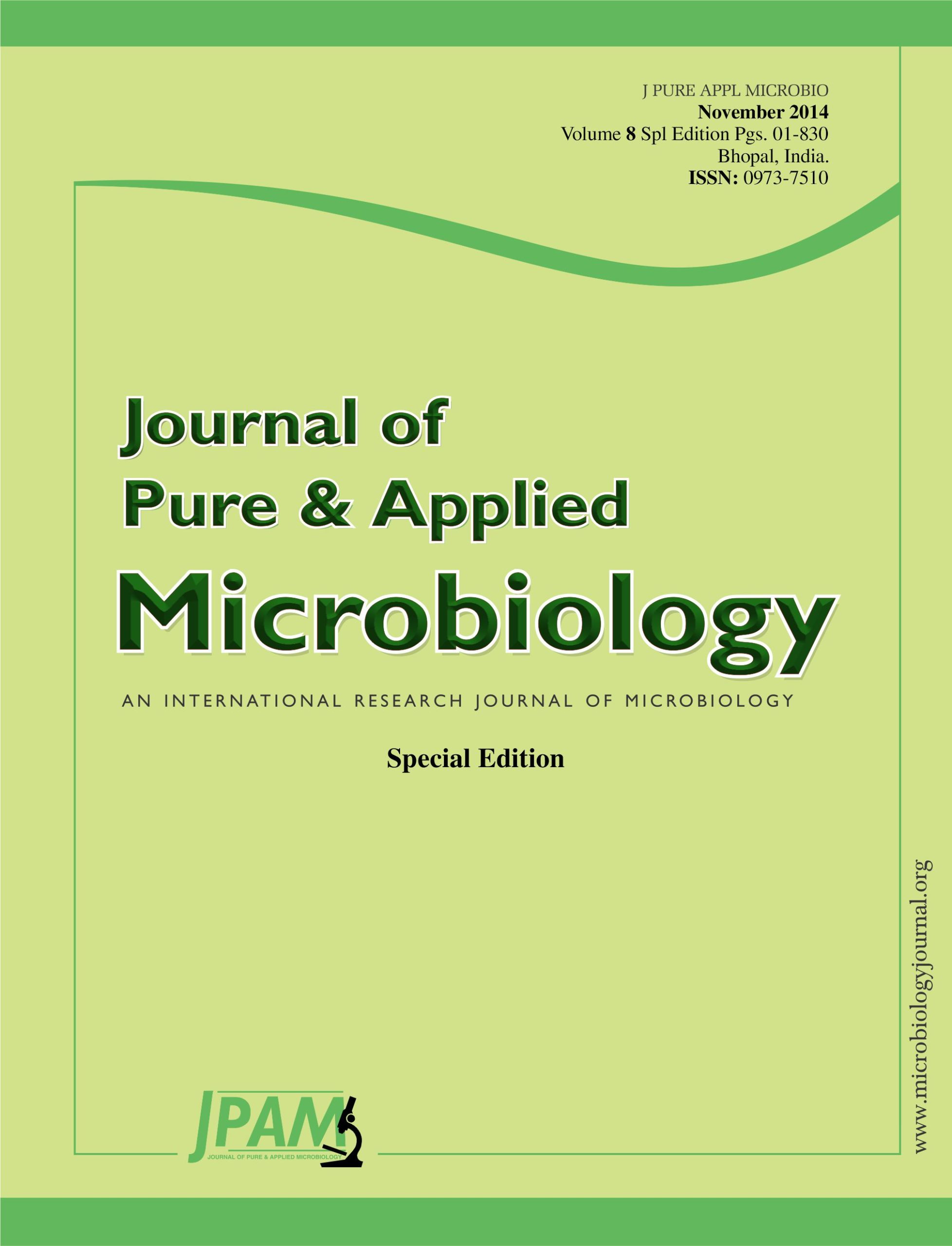The antibacterial activity of different crude extracts of different parts of Theraxicum officinale including roots, stem and leaves and solvents (n-hexane, chloroform, ethyl acetate and methanol) against various human pathogens viz., Salmonella thphi (S. thphi), Escherichia coli (E. coli), Pseudomonas aeuroginosa (P. aeuroginosa). Staphylococcus aureus, were carried out. Among the extracts, methanolic extract of the roots fraction showed a maximum zone of inhibition (18 mm) against S. aureus, followed by leaves extract of maximum zone of inhibition (16 m), while the ethyl acetate fraction of leaves showed (15 mm) maximum zone of inhibition against S. auresus. While low activity of the stem extracts were recorded except for the methanolic extract with a maximum of zone of inhibition (13 mm) against S. typhi. In addition, the phytochemical analyses showed the presence of Phenols, Tannin, Alkaloids, Saponins and Flavonoids.
Antibacterial activity, Theraxicum officinale, extracts
© The Author(s) 2014. Open Access. This article is distributed under the terms of the Creative Commons Attribution 4.0 International License which permits unrestricted use, sharing, distribution, and reproduction in any medium, provided you give appropriate credit to the original author(s) and the source, provide a link to the Creative Commons license, and indicate if changes were made.


